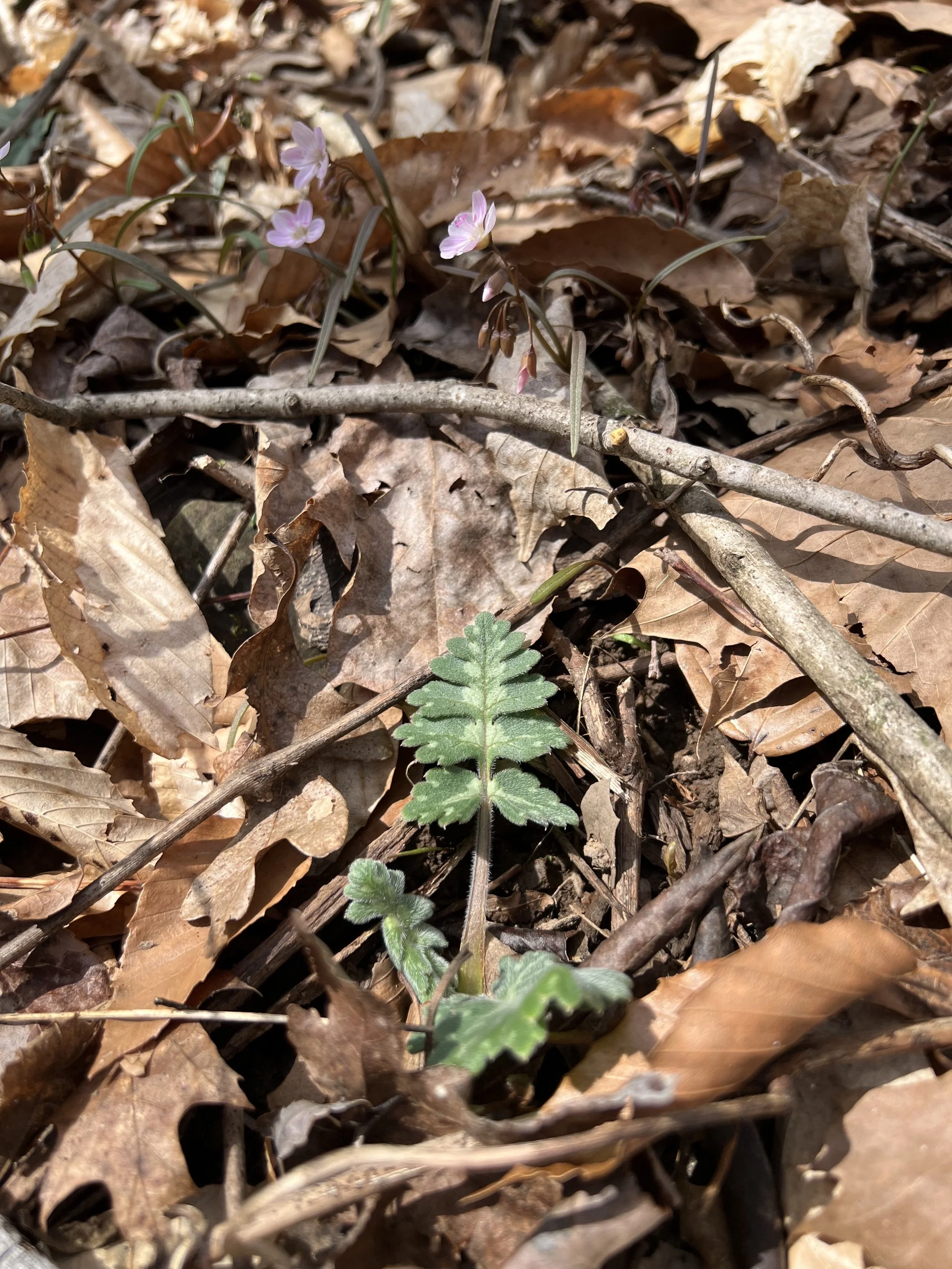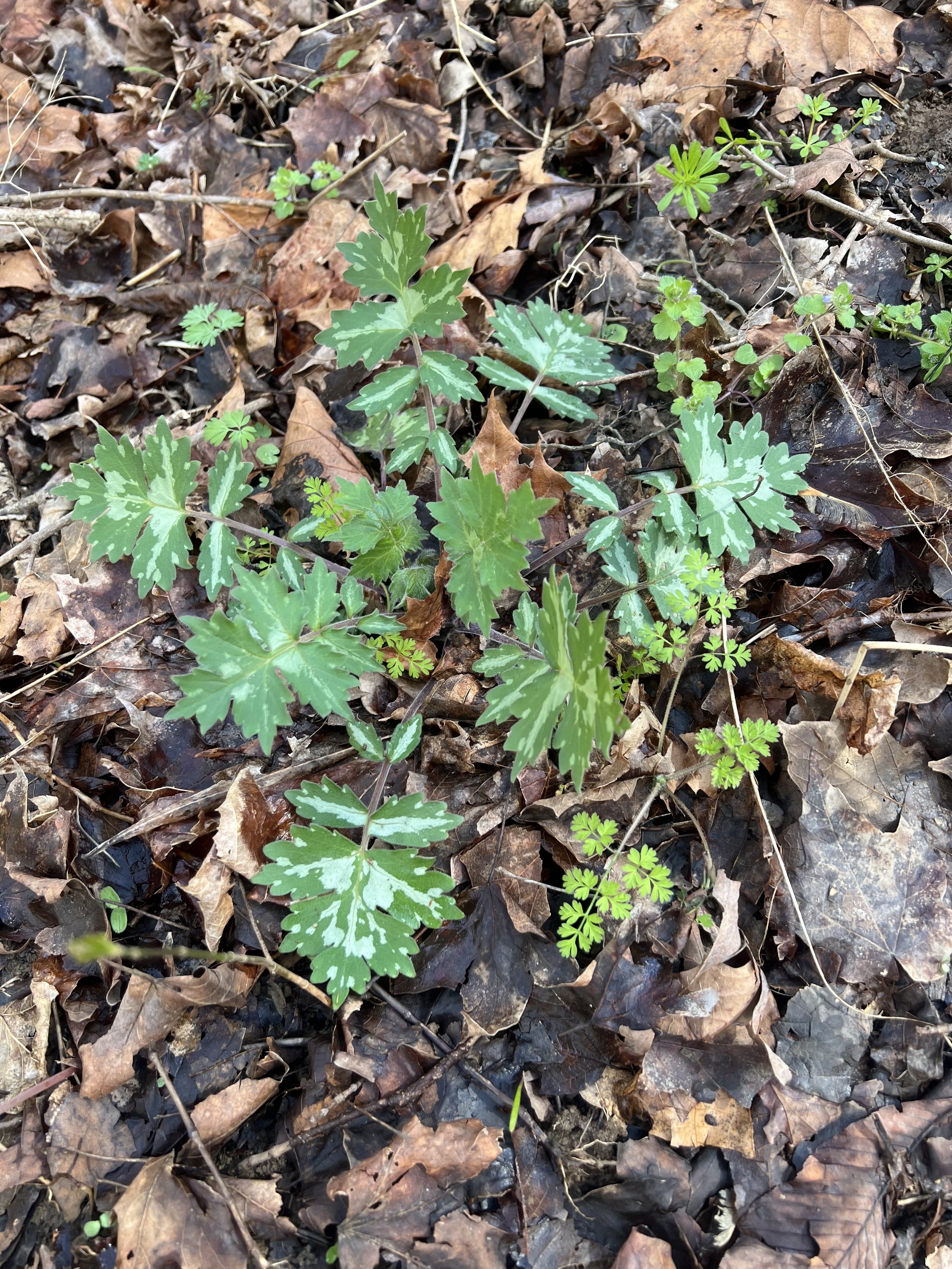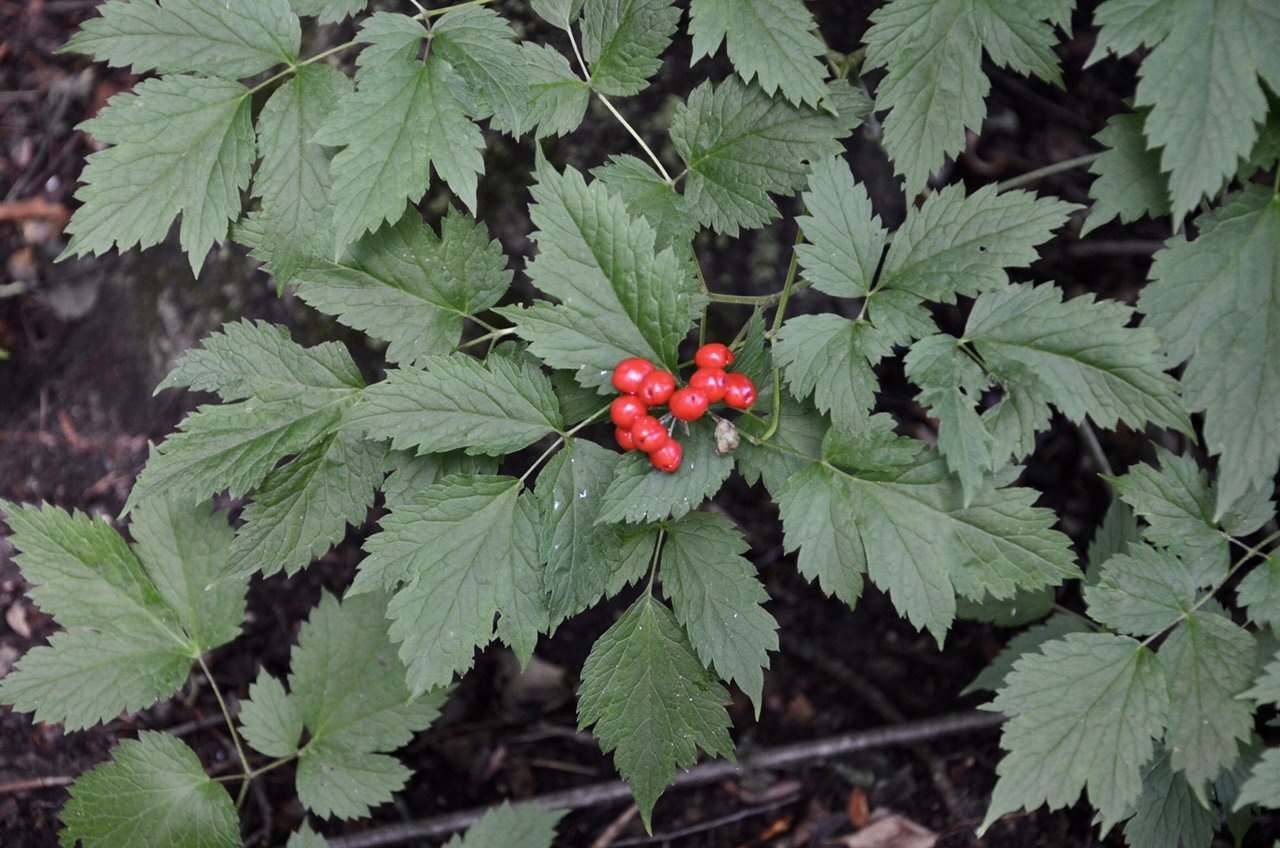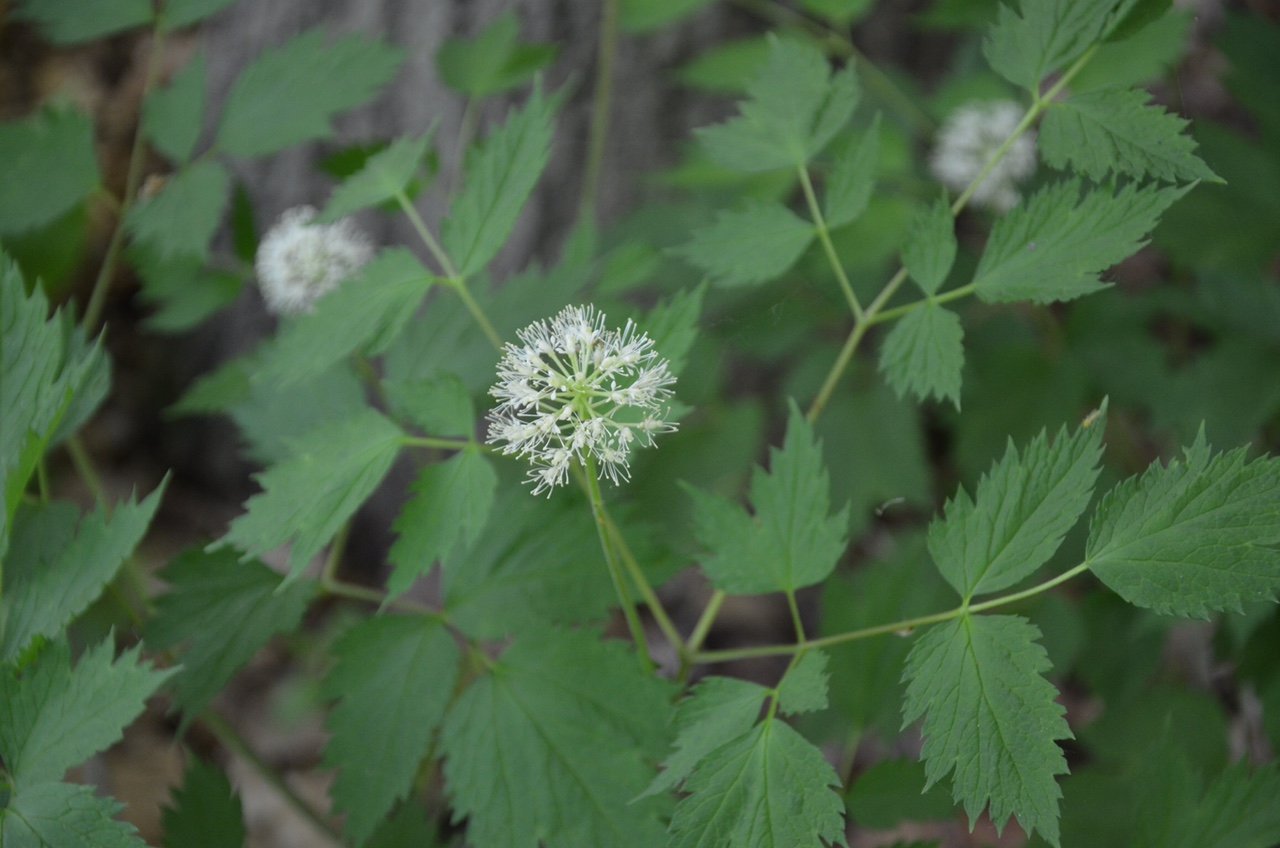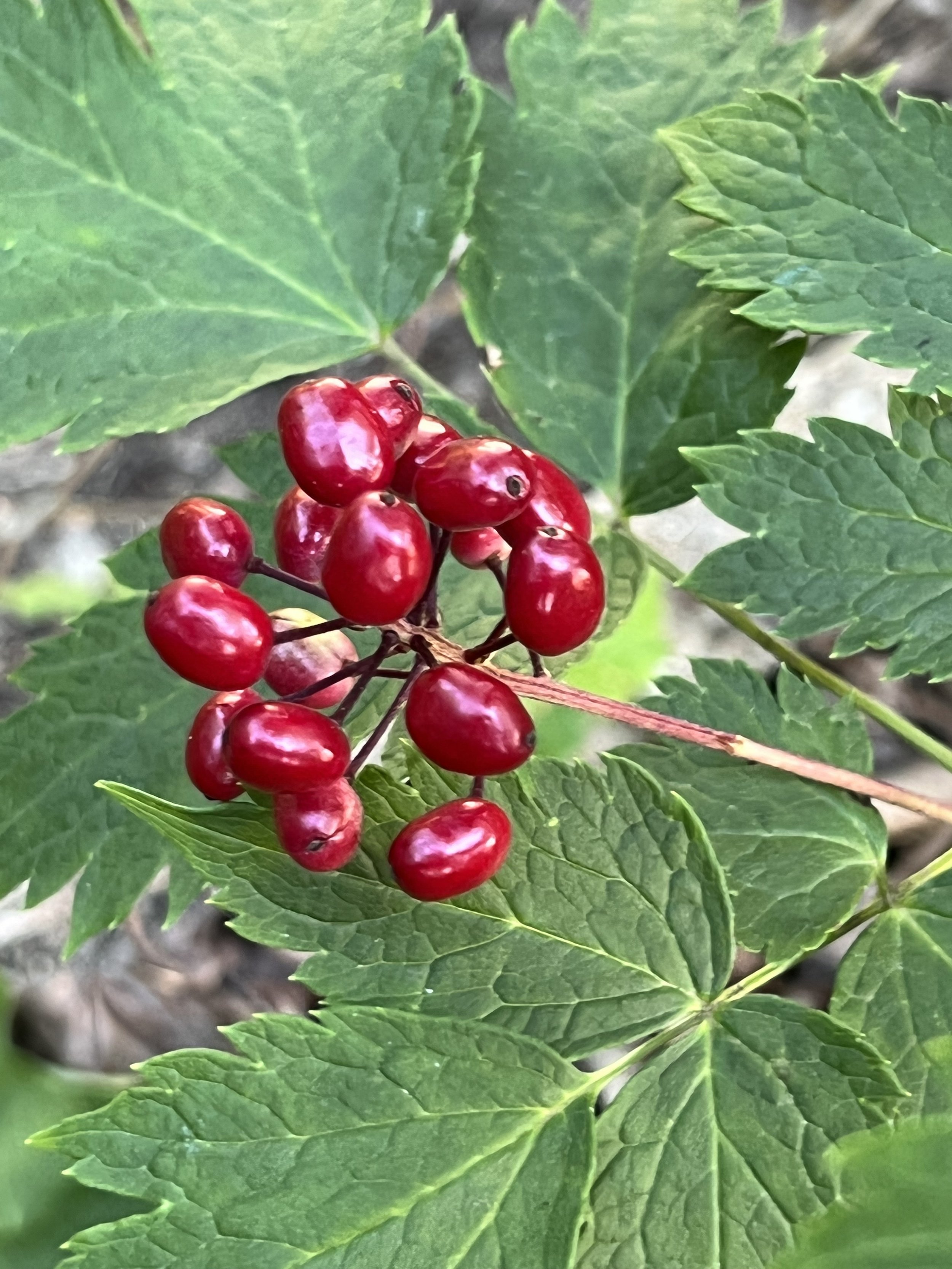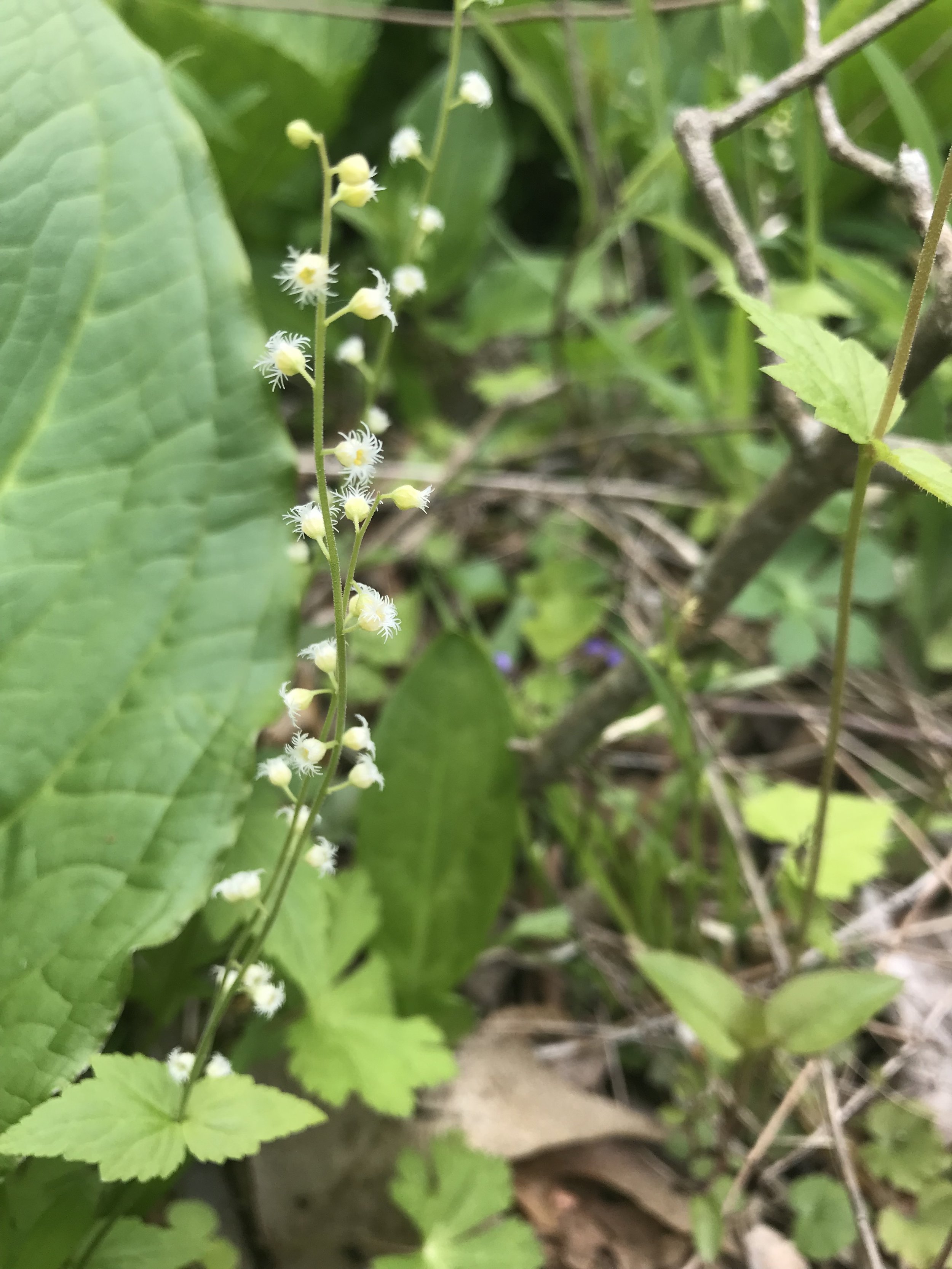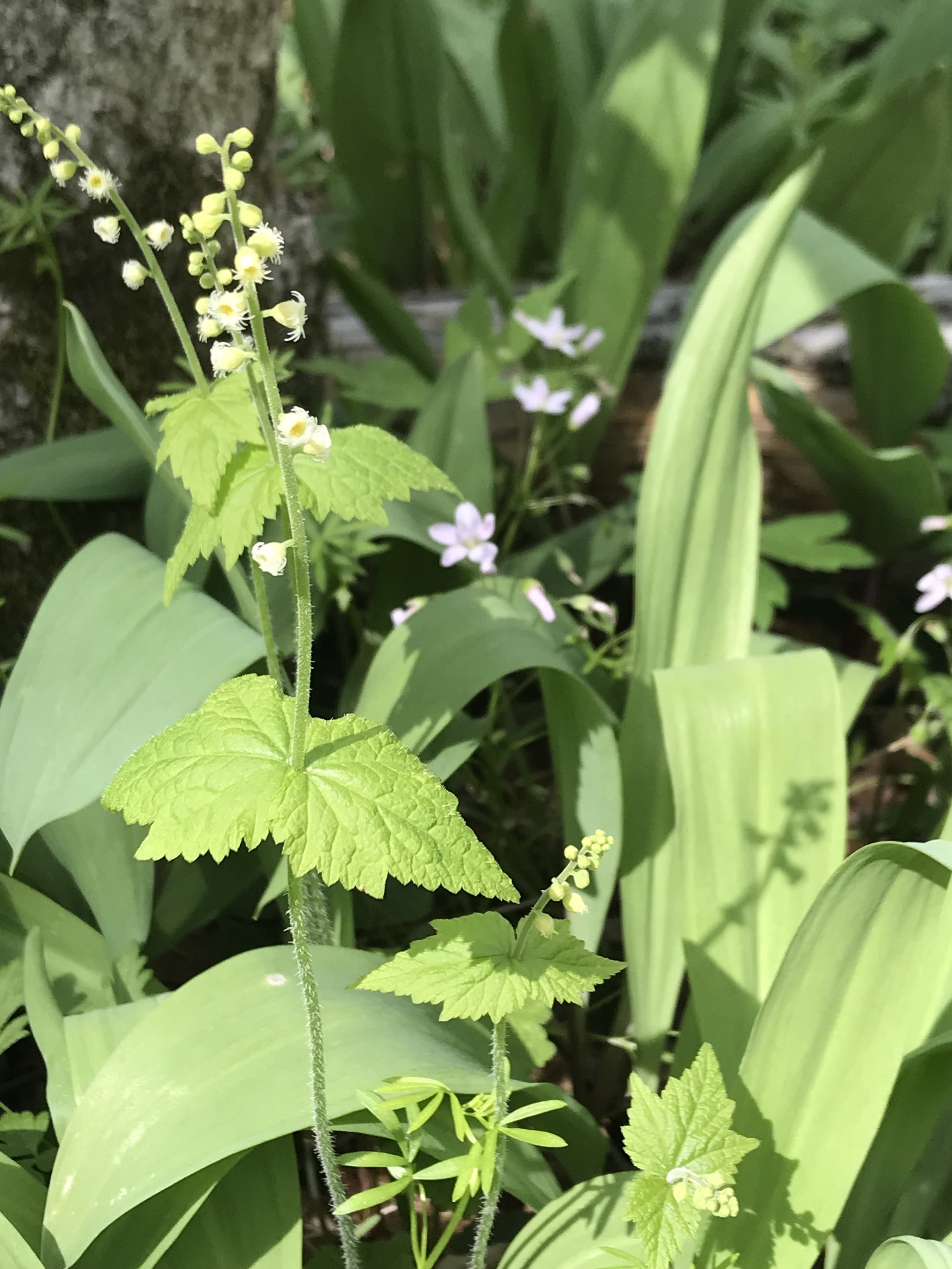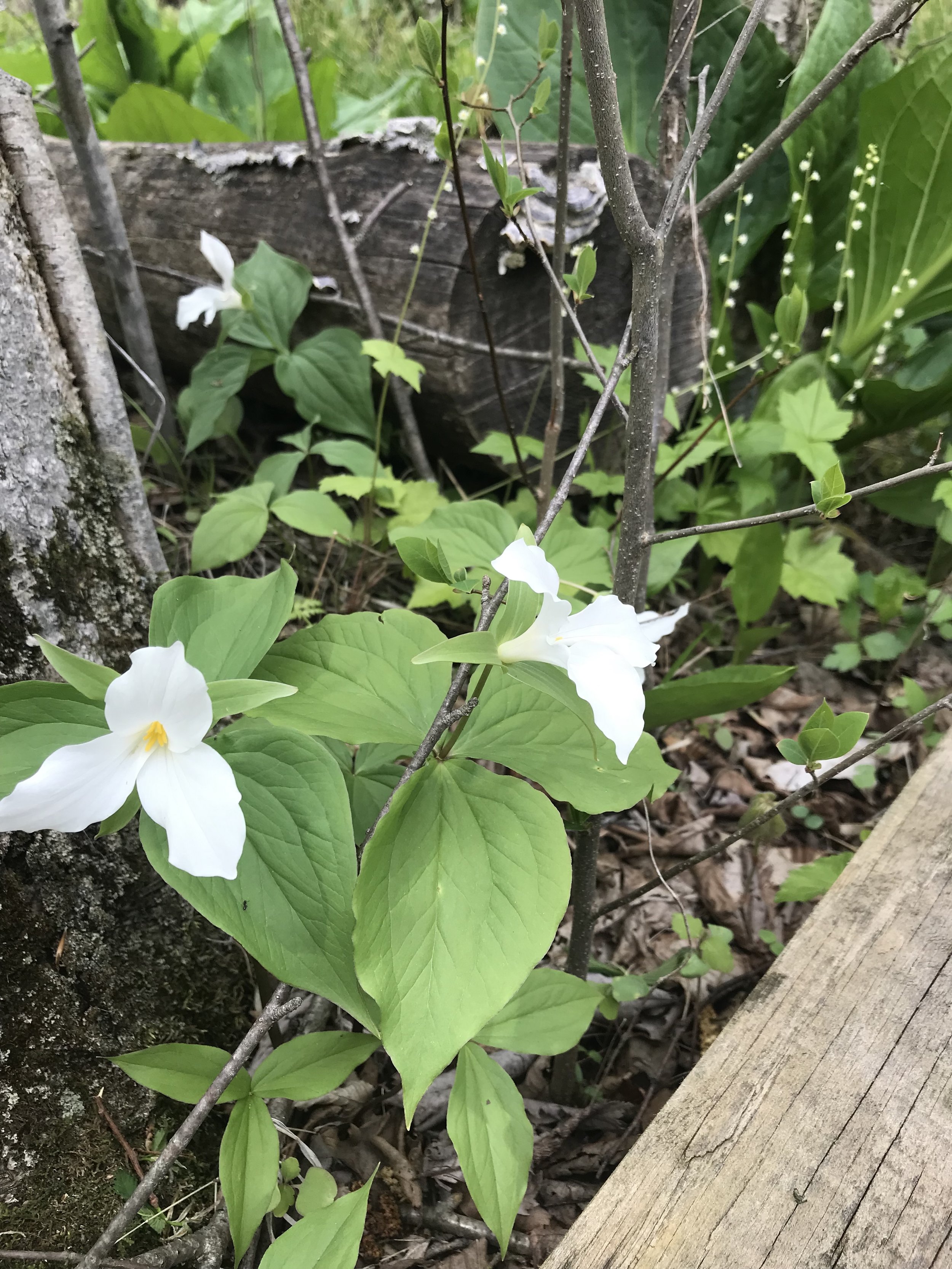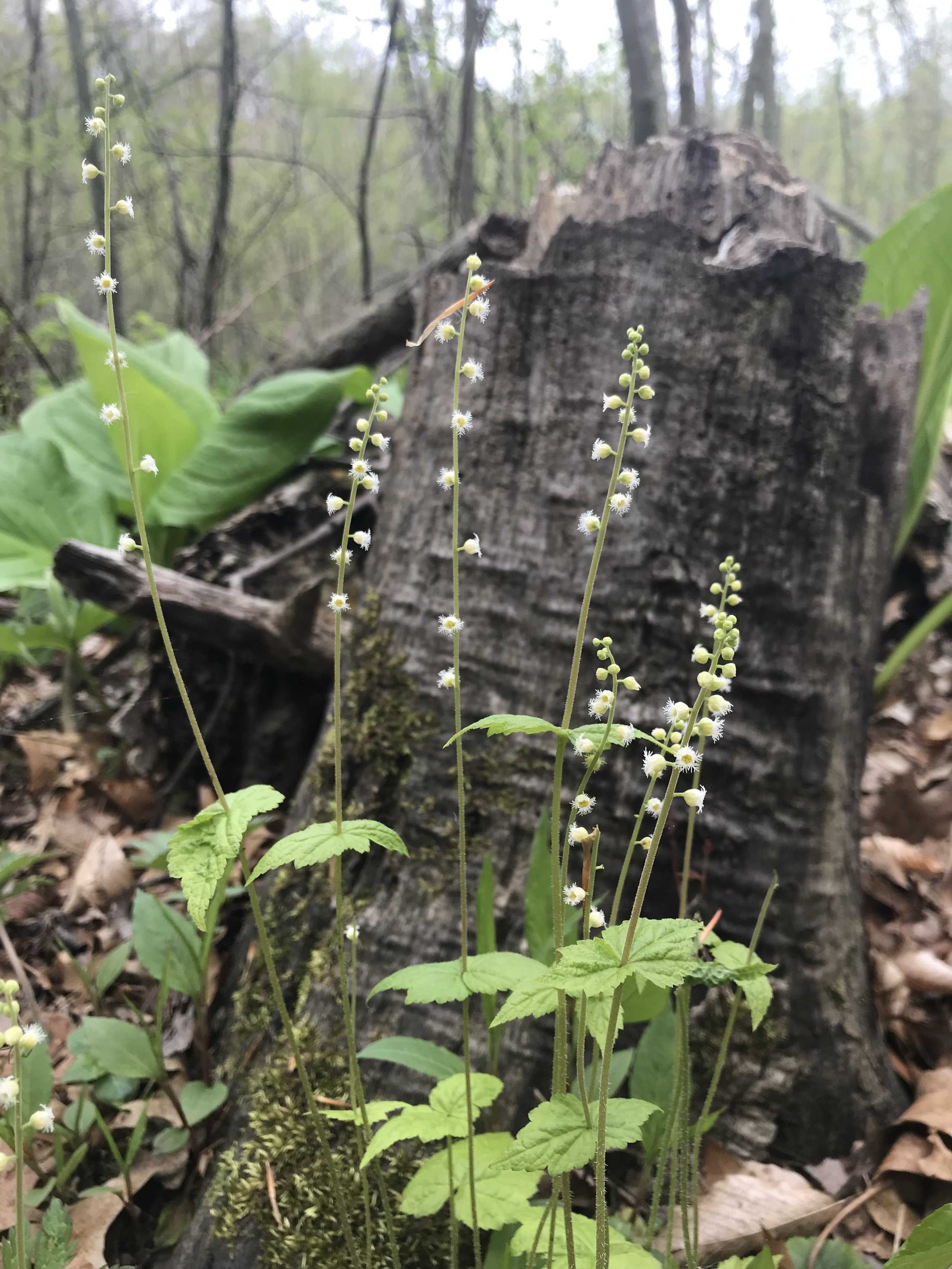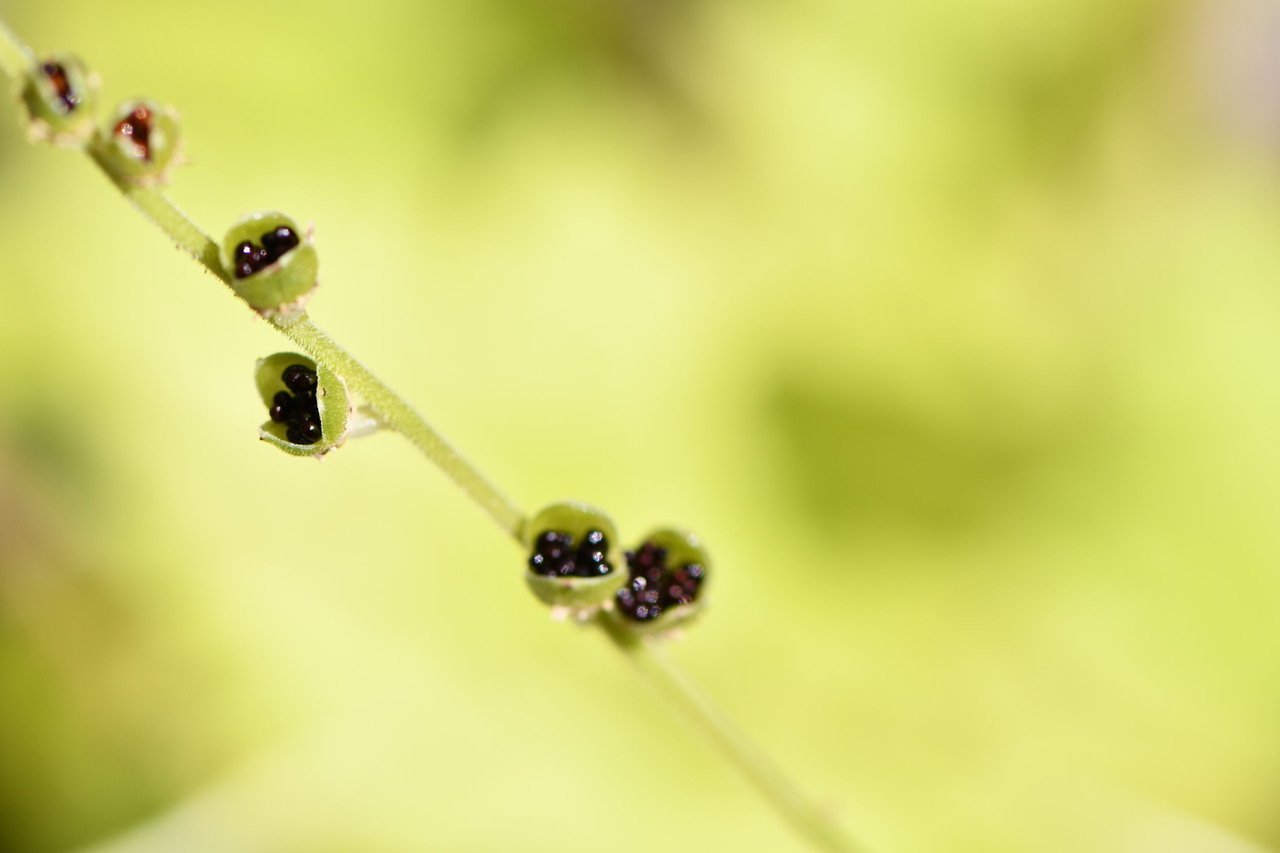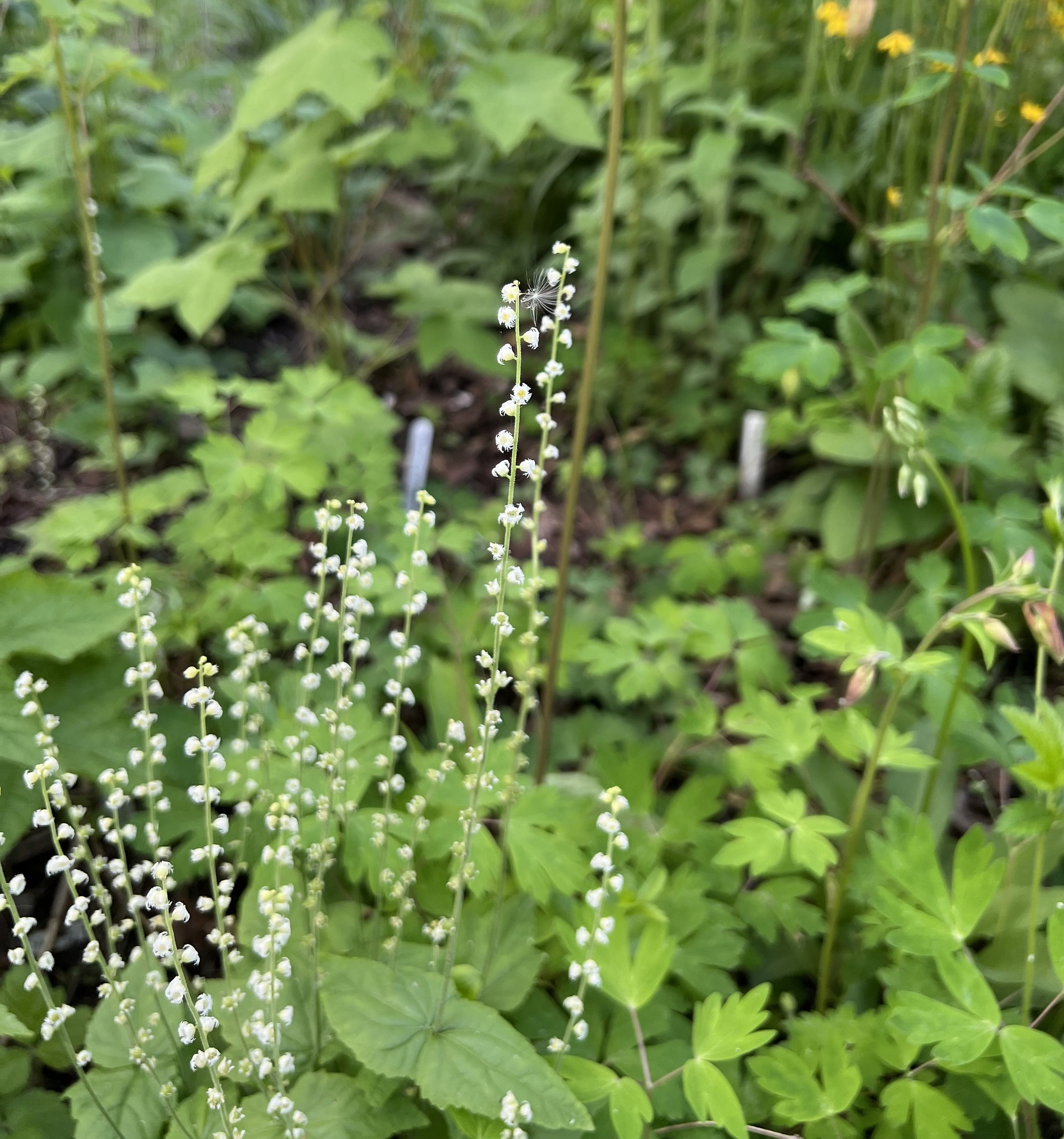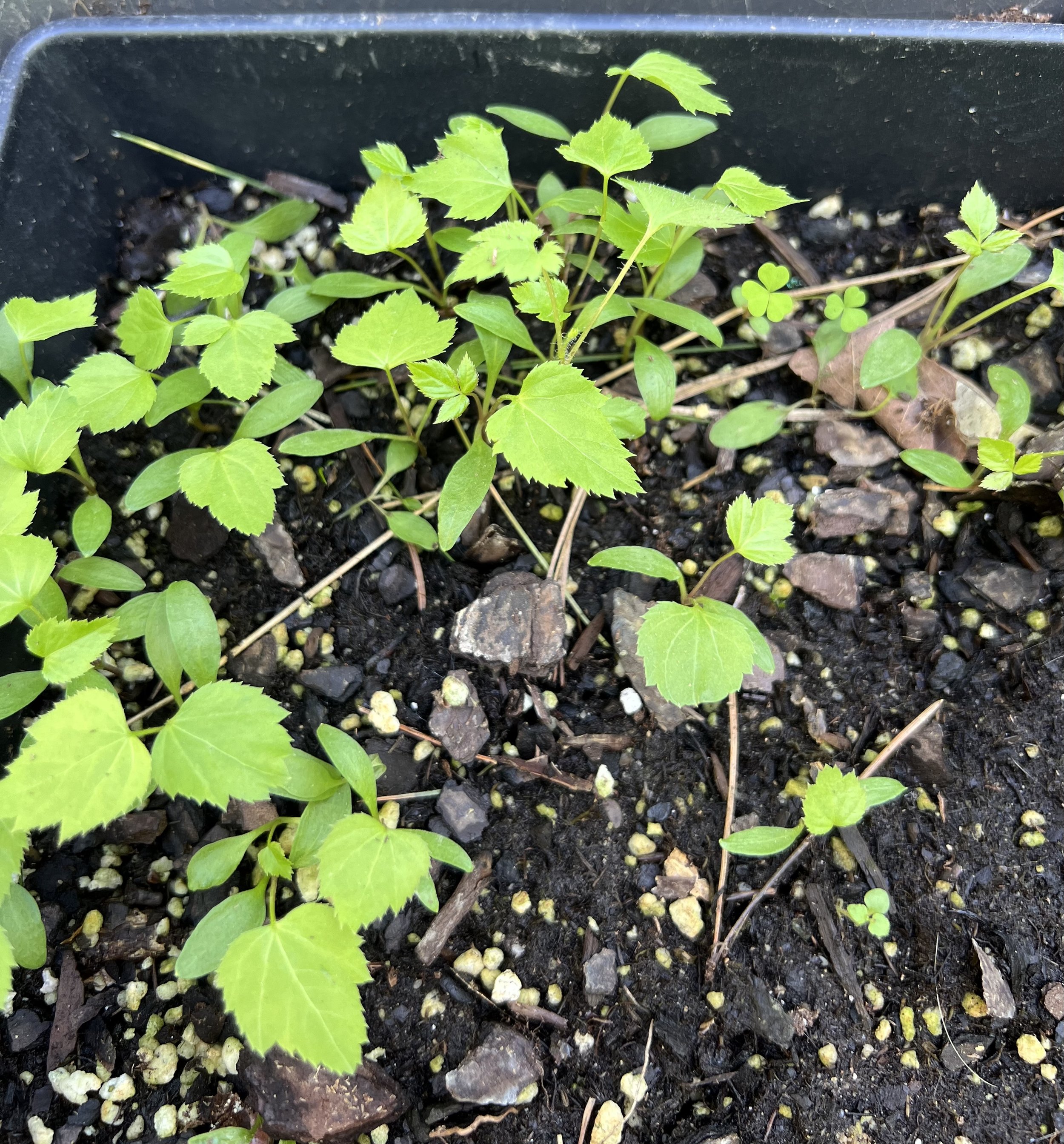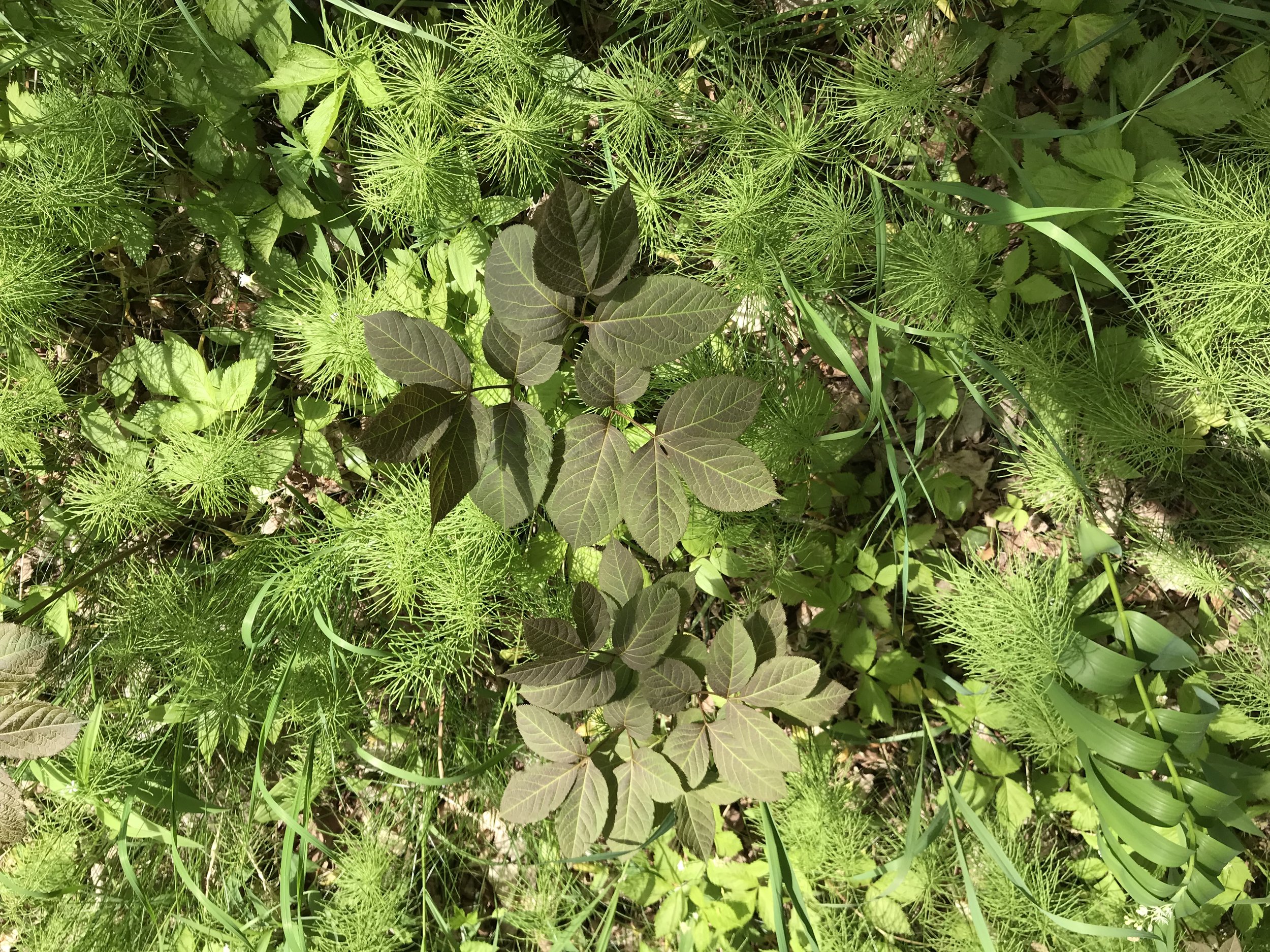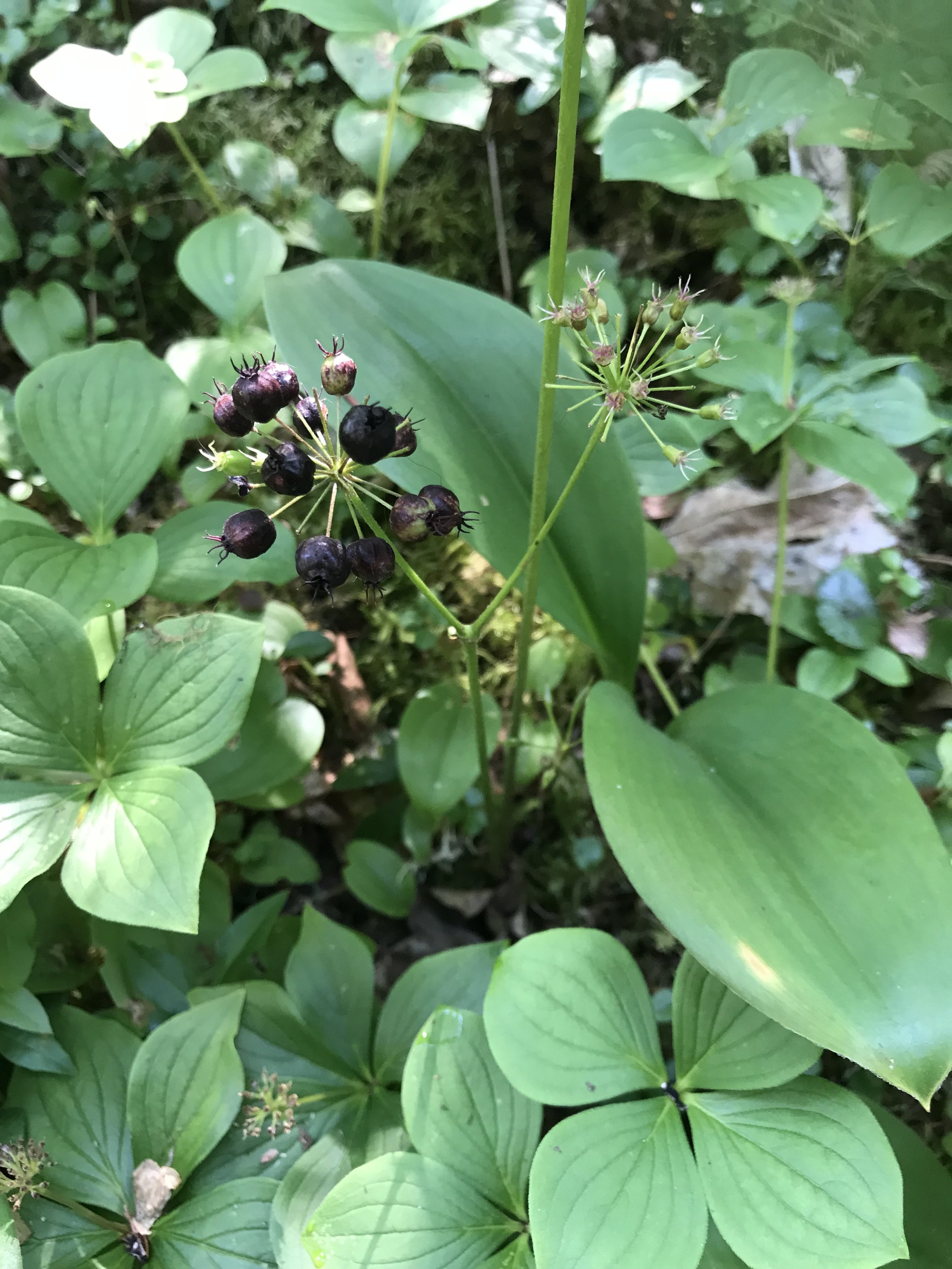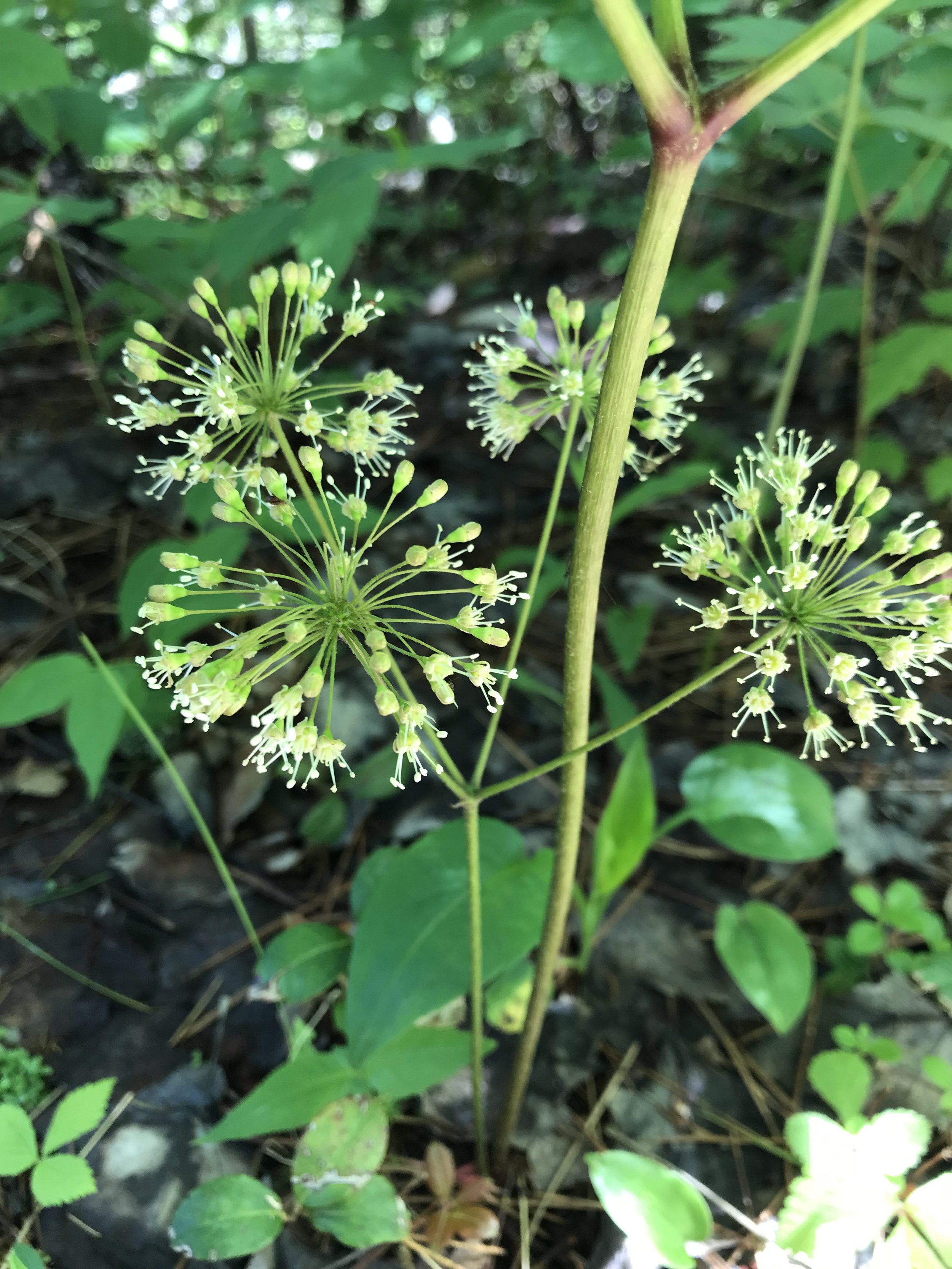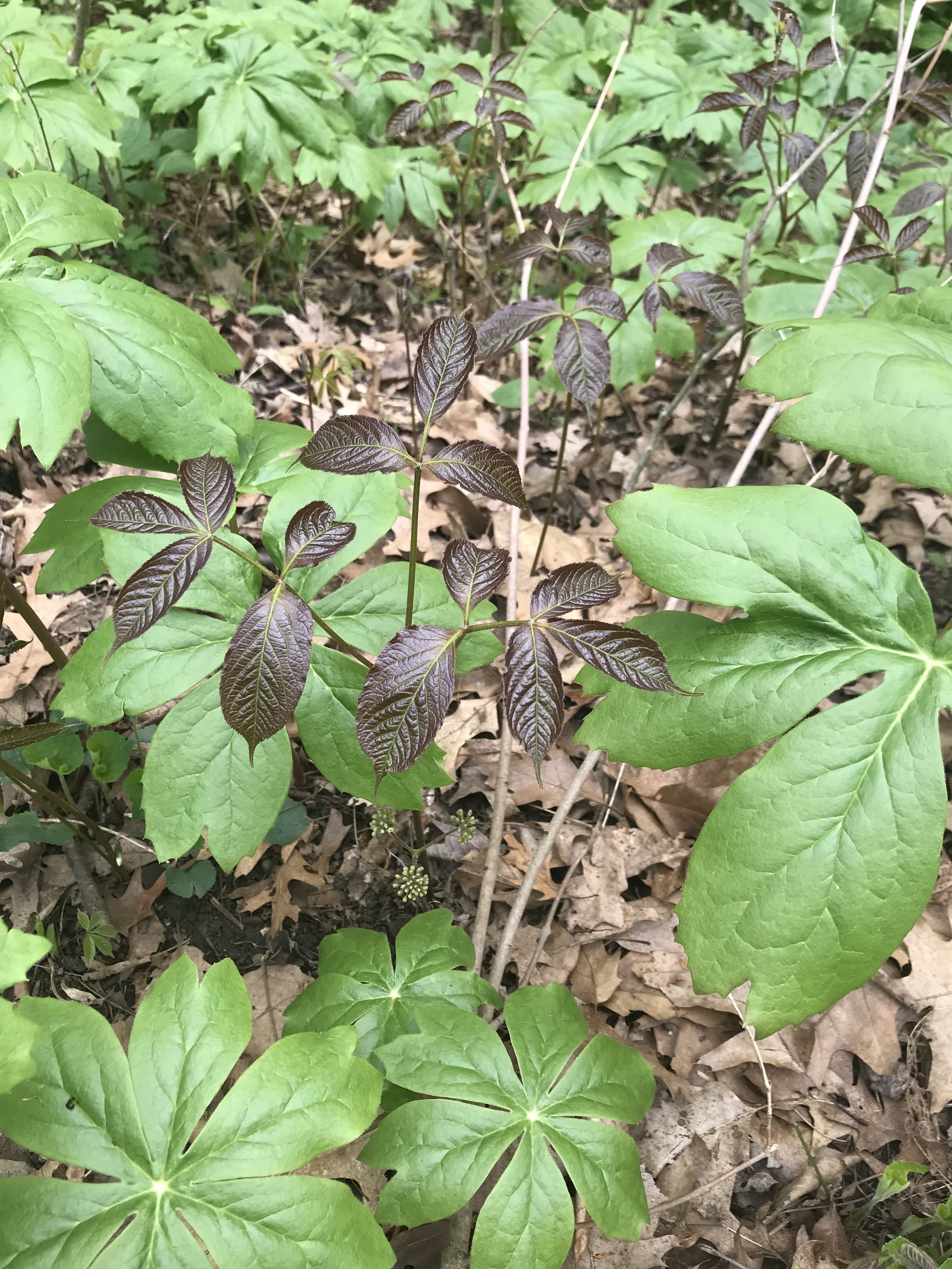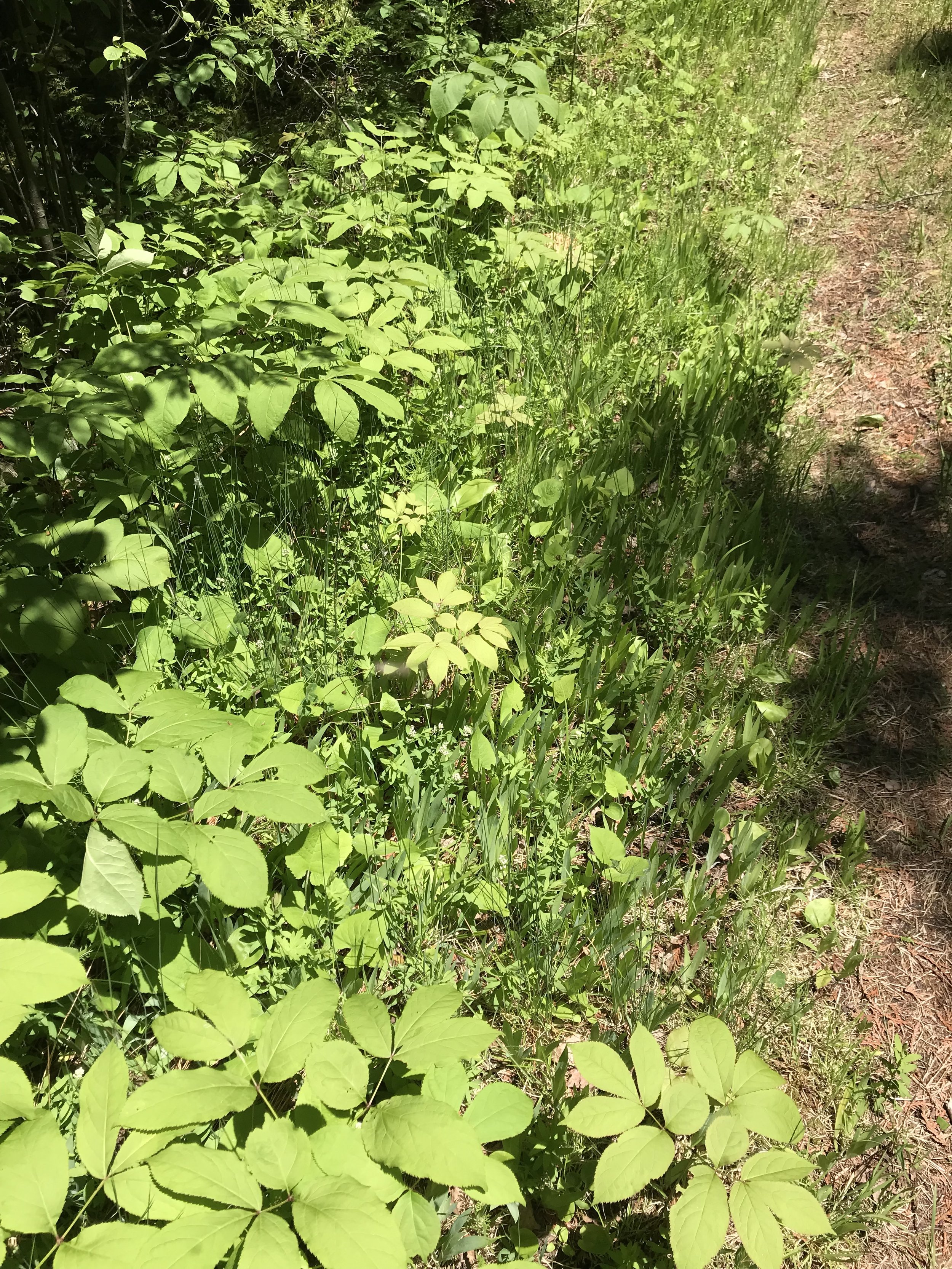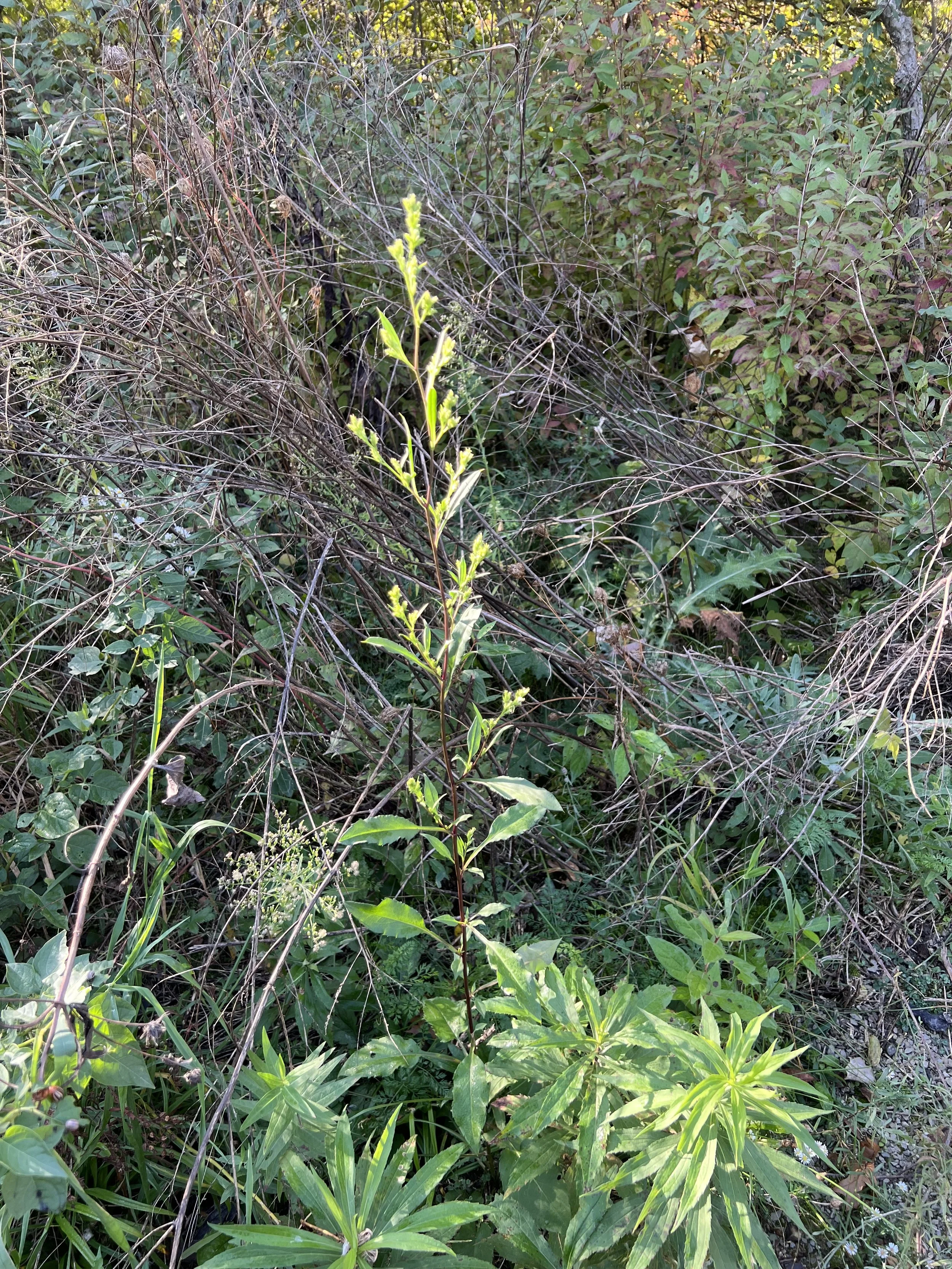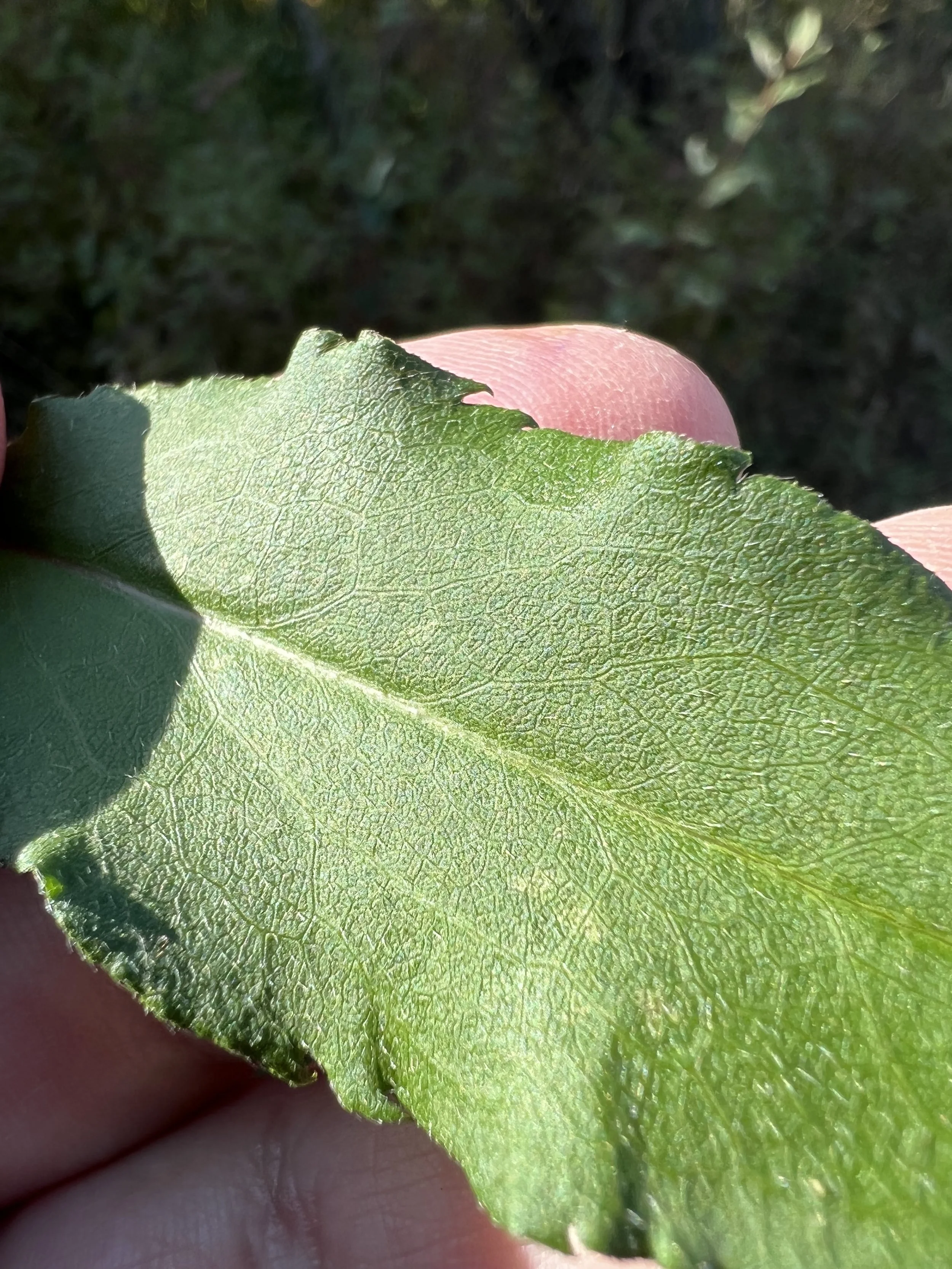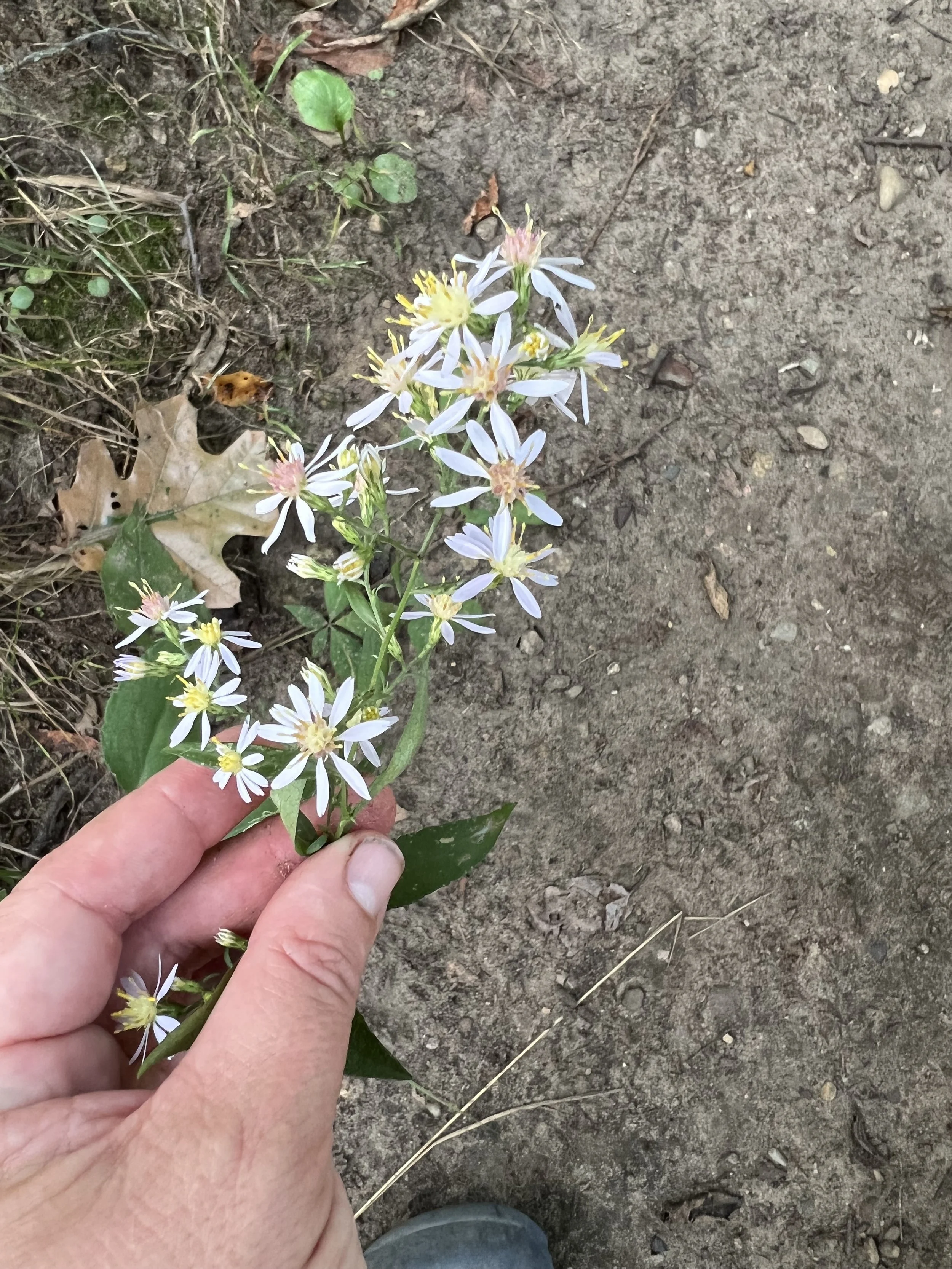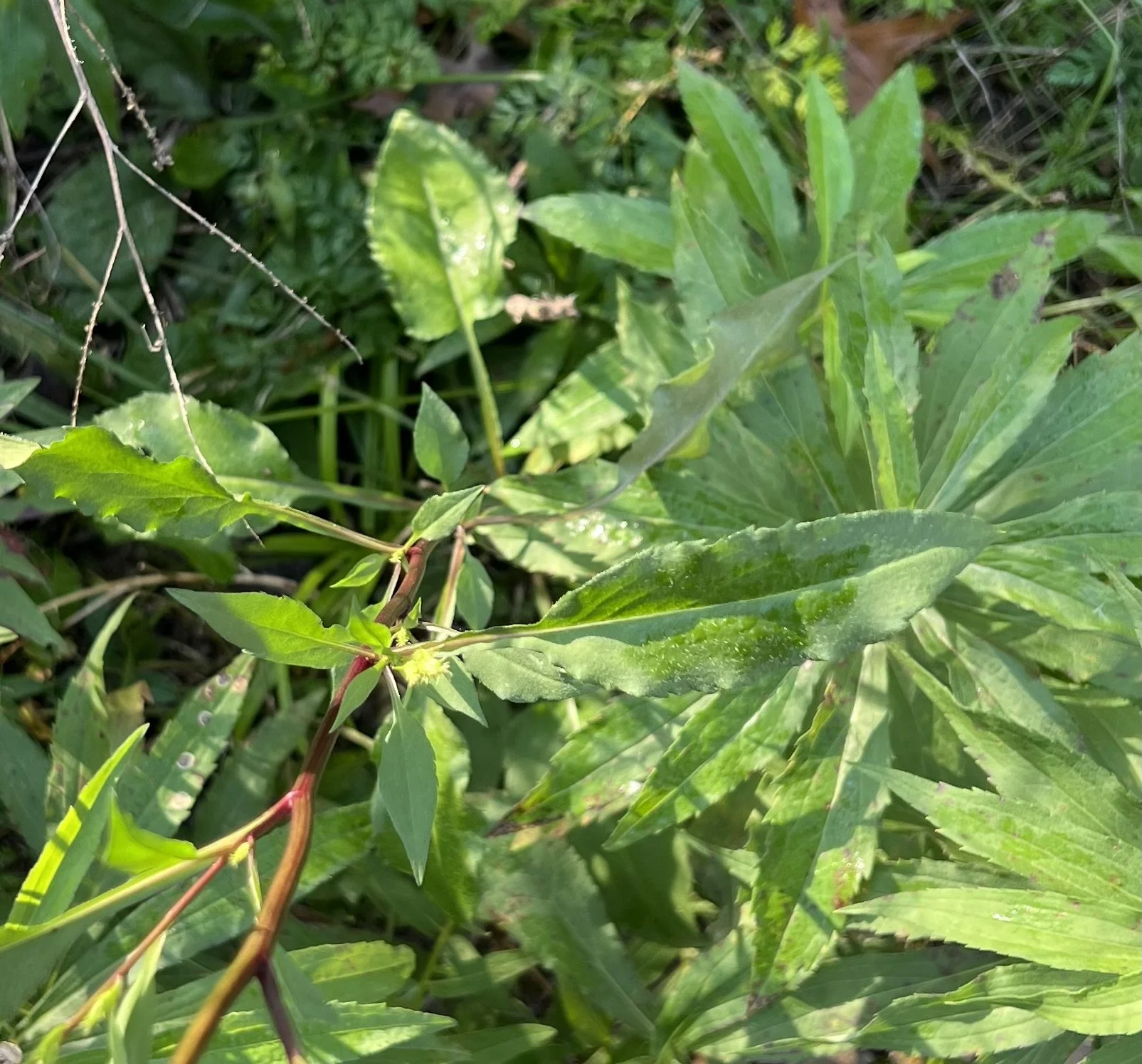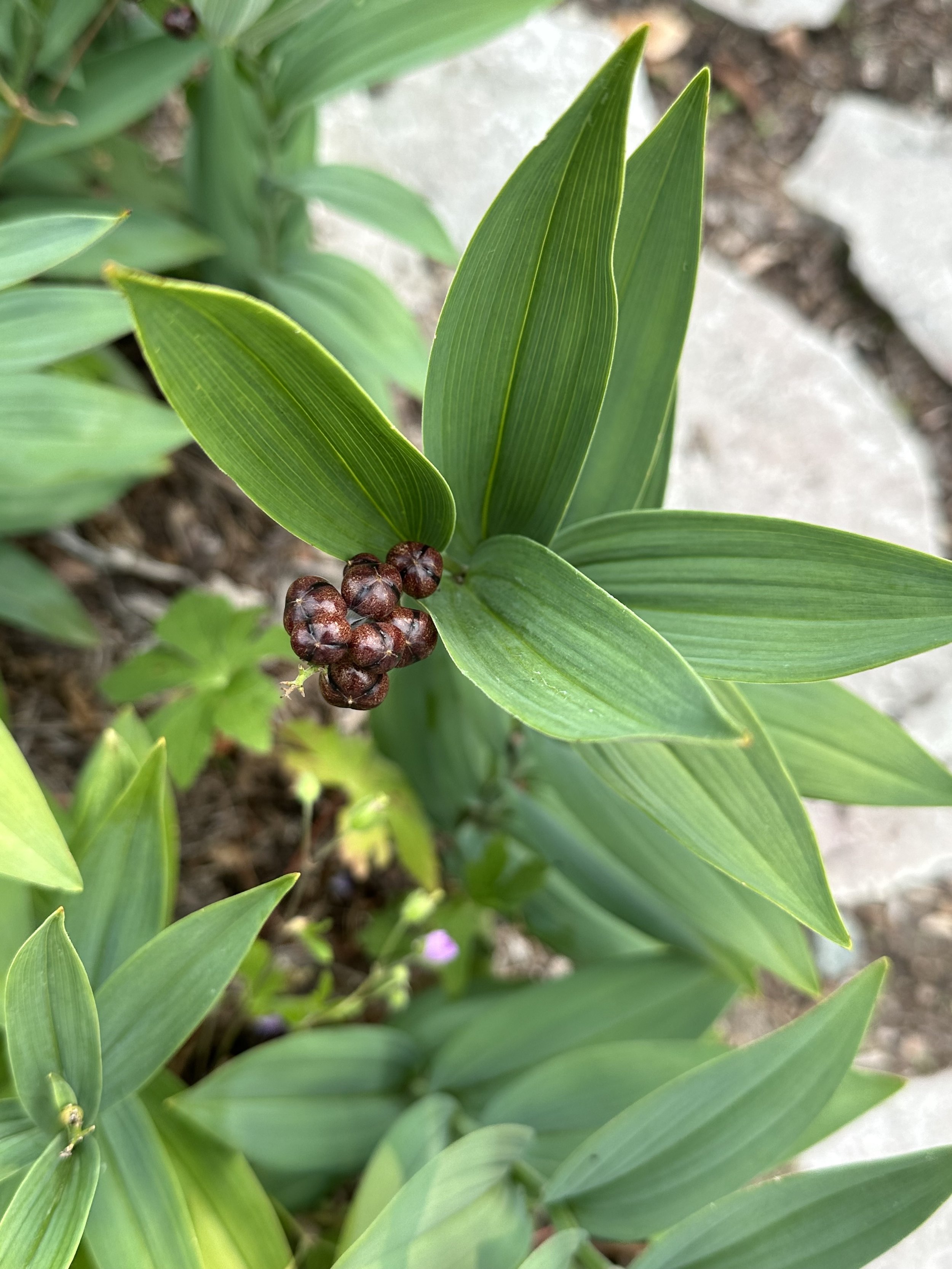 Image 1 of 10
Image 1 of 10

 Image 2 of 10
Image 2 of 10

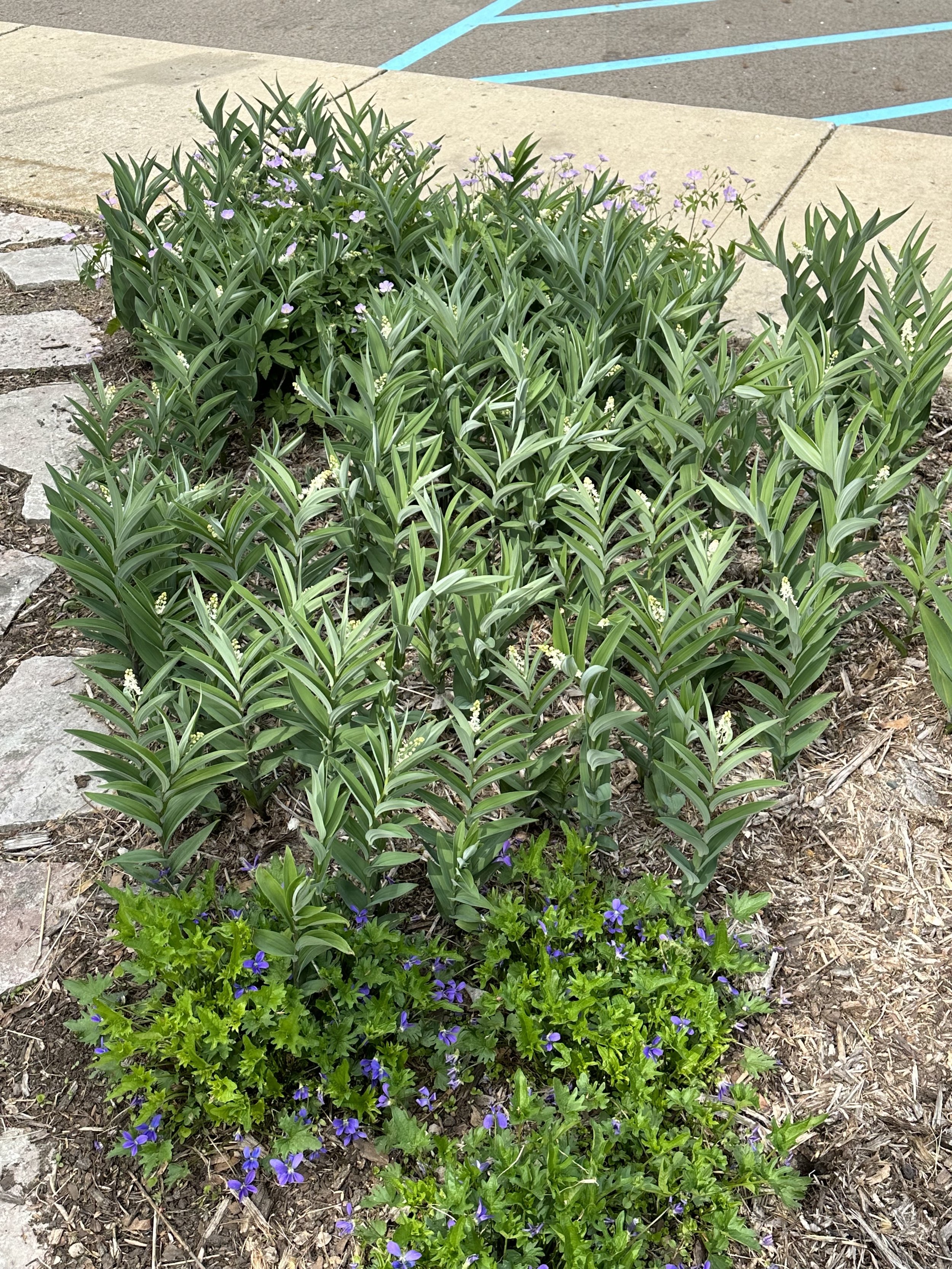 Image 3 of 10
Image 3 of 10

 Image 4 of 10
Image 4 of 10

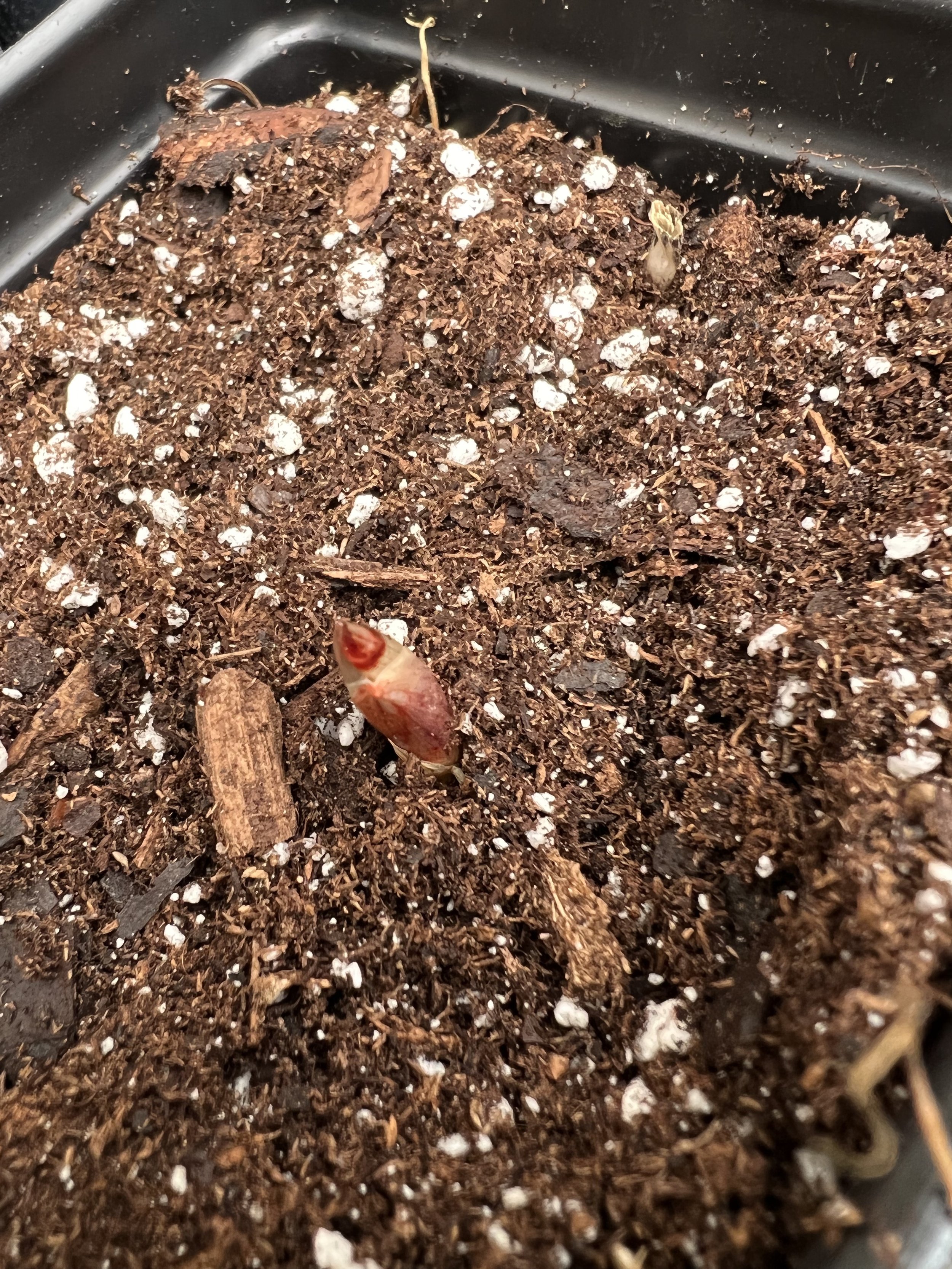 Image 5 of 10
Image 5 of 10

 Image 6 of 10
Image 6 of 10

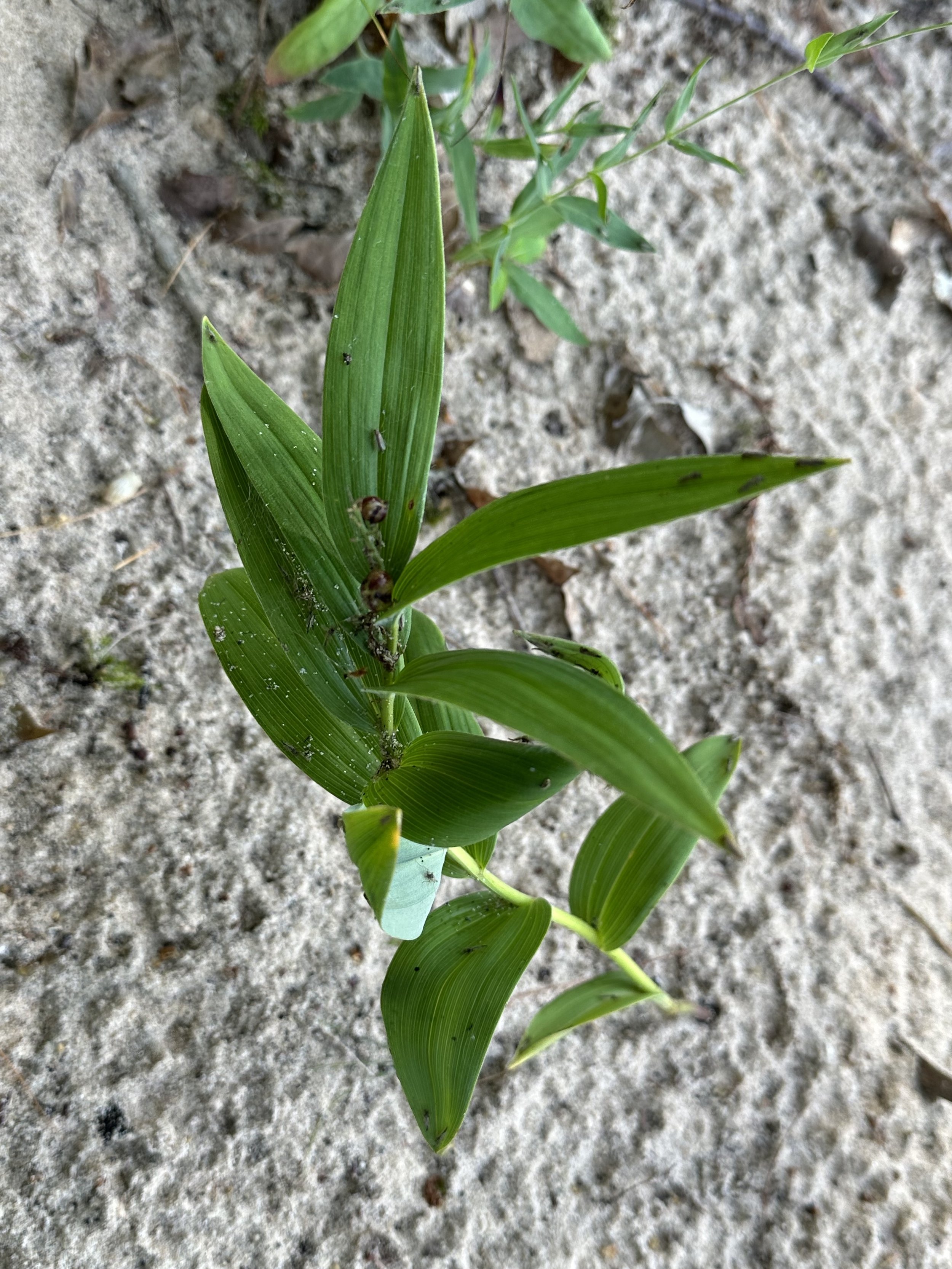 Image 7 of 10
Image 7 of 10

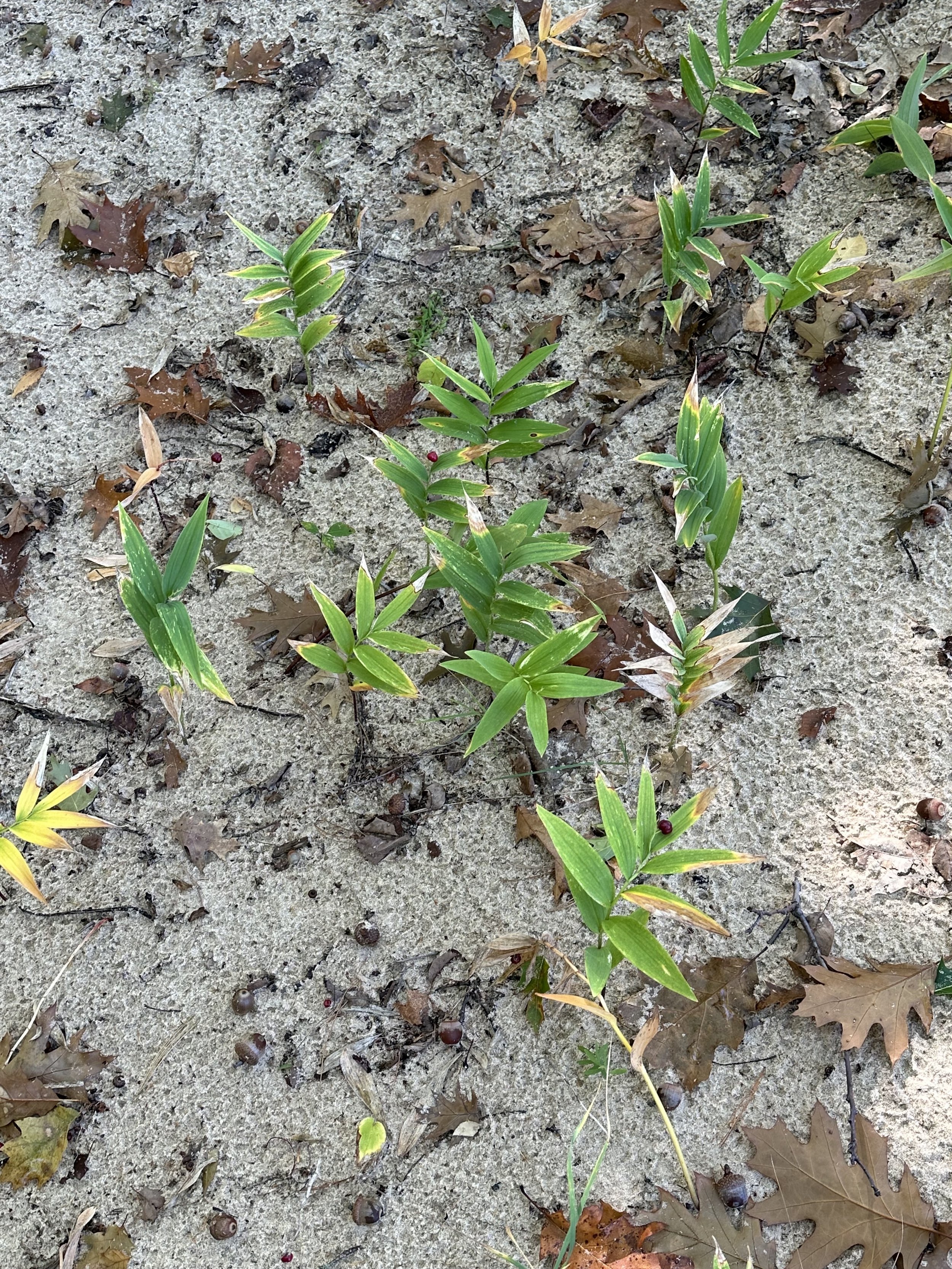 Image 8 of 10
Image 8 of 10

 Image 9 of 10
Image 9 of 10

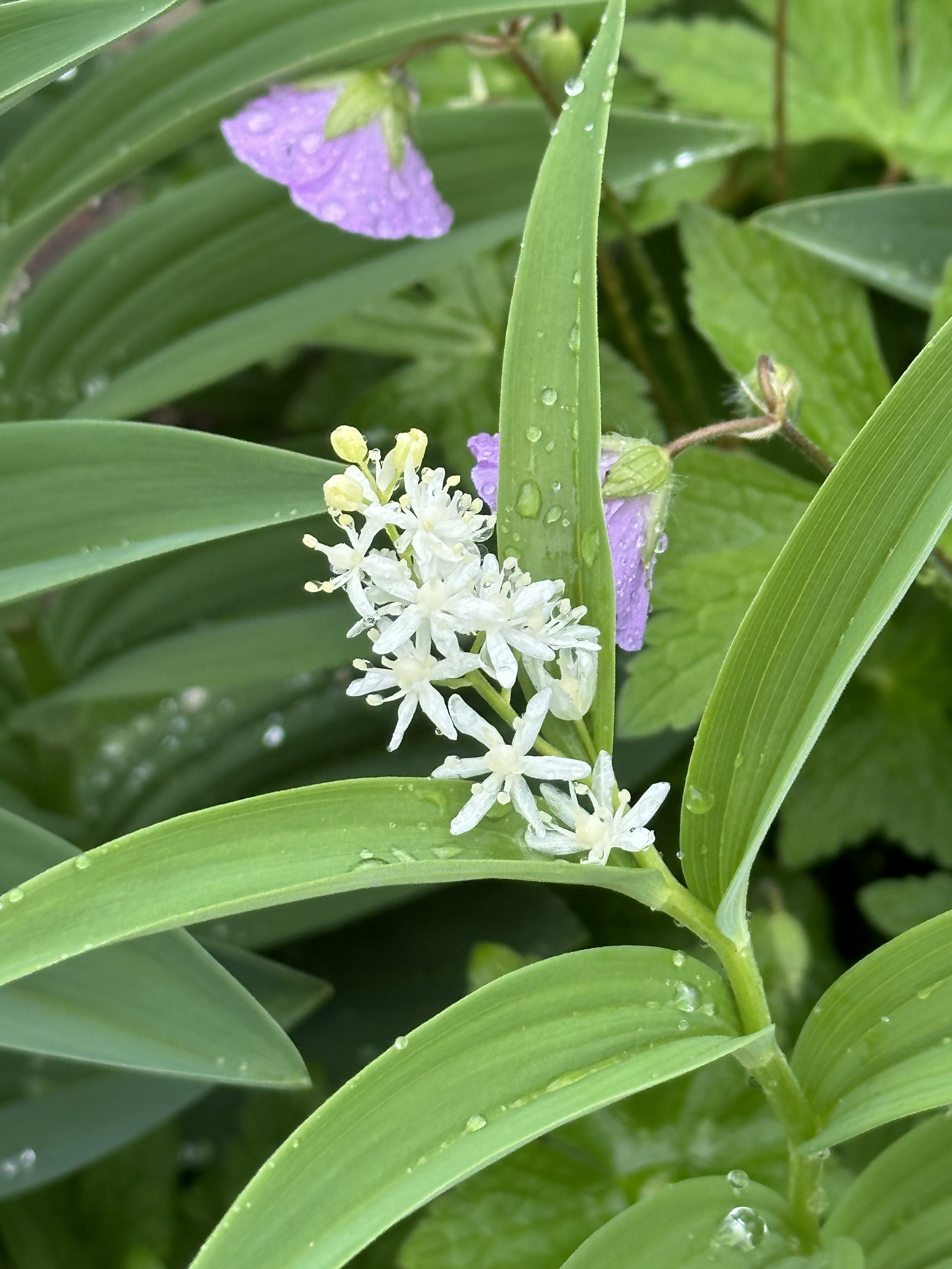 Image 10 of 10
Image 10 of 10











Starry False Solomon's Seal--Upland Beach Form
Starry False Solomon’s Seal has at least two forms. This is the beach/upland/sand form. It grows on or near the Great Lakes in the northern part of Michigan. It can grow on the forest edge, but also right out on the open sand.
Starry False Solomon’s Seal (beach) can be differentiated from other species in its genus by its narrower, somewhat folded leaves, its upright appearance, its larger flowers and its large striped berries. All of the plants with “solomon’s seal” in the name have a ladder-like appearance.
Flowers look like stars with five petals and are very white. Once pollinated, berries are formed. First green, then green and red striped, and finally dark red. They serve as food for birds.
This plant does well in the garden setting and spreads by rhizome. It can form a ground cover (see photos). It does well in moist soil and also in drier soil.
We have separated out the two forms, but in the Michigan Flora reference, they are treated together.
Starry False Solomon’s Seal (Maianthemum stellatum)
Michigan Flora reference page for state distribution: Starry False Solomon’s Seal
height: 1-2 feet
bloom time: May-June
soil: medium-dry
sun: full, partial
plant spacing: 10”
flower: white (berry: green, striped, red)
life cycle: perennial
family: Convallariaceae
Starry False Solomon’s Seal has at least two forms. This is the beach/upland/sand form. It grows on or near the Great Lakes in the northern part of Michigan. It can grow on the forest edge, but also right out on the open sand.
Starry False Solomon’s Seal (beach) can be differentiated from other species in its genus by its narrower, somewhat folded leaves, its upright appearance, its larger flowers and its large striped berries. All of the plants with “solomon’s seal” in the name have a ladder-like appearance.
Flowers look like stars with five petals and are very white. Once pollinated, berries are formed. First green, then green and red striped, and finally dark red. They serve as food for birds.
This plant does well in the garden setting and spreads by rhizome. It can form a ground cover (see photos). It does well in moist soil and also in drier soil.
We have separated out the two forms, but in the Michigan Flora reference, they are treated together.
Starry False Solomon’s Seal (Maianthemum stellatum)
Michigan Flora reference page for state distribution: Starry False Solomon’s Seal
height: 1-2 feet
bloom time: May-June
soil: medium-dry
sun: full, partial
plant spacing: 10”
flower: white (berry: green, striped, red)
life cycle: perennial
family: Convallariaceae
Note: Search for Starry False Solomon’s Seal on our website if you’d like the form of this plant that grows in the woods. It is an arching plant, smaller than False Solomon’s Seal. It also has larger flowers and berries than False Solomon’s Seal.


